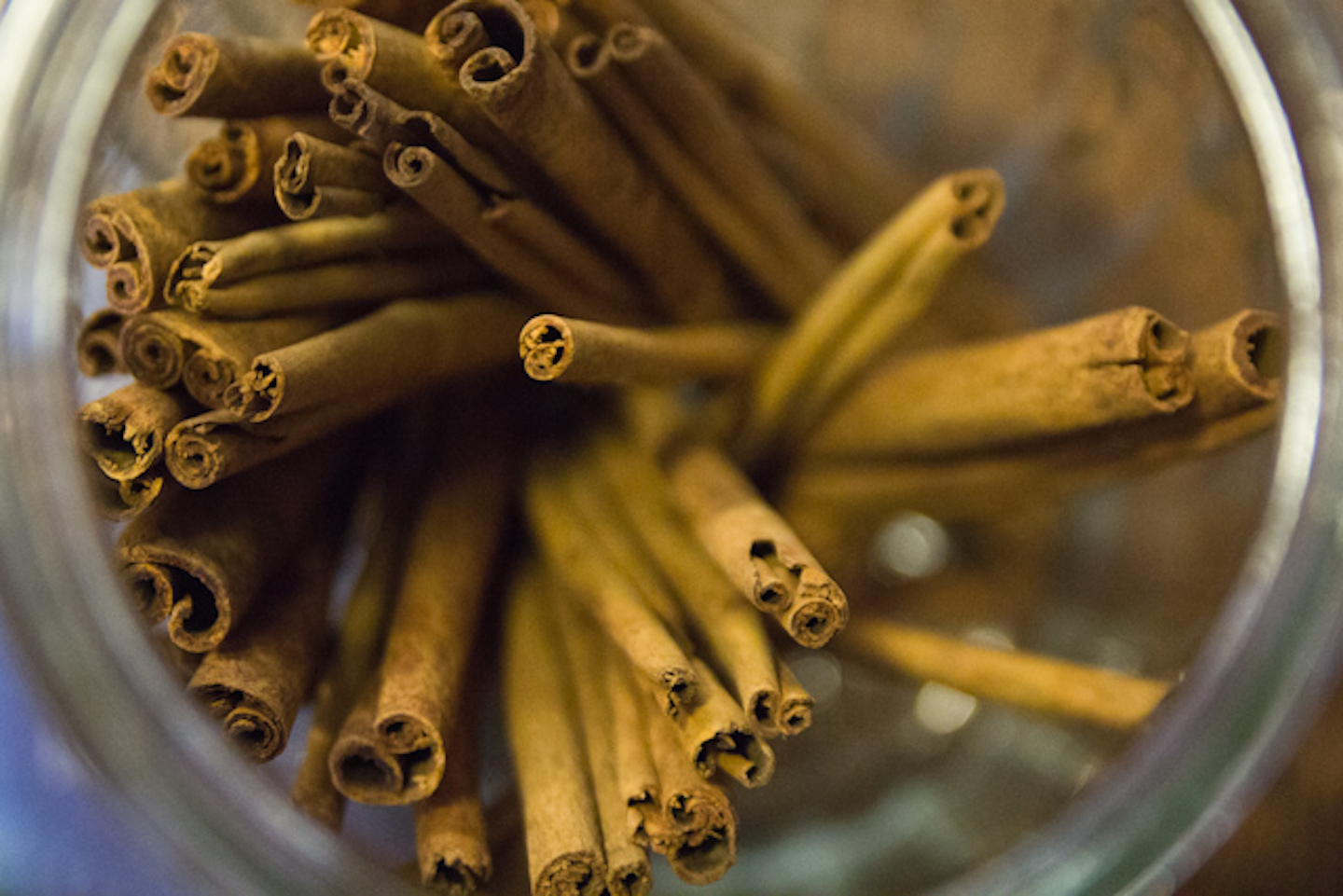
Hello, Tea Enthusiasts! 🍵💛
Are you ready to add a touch of warmth and sweetness to your afternoon? Join us as we explore the enchanting world of Vanilla and Nutmeg Iced Tea, where the creamy notes of vanilla and the warm essence of nutmeg come together to create a truly delightful beverage. These classic and comforting flavors will transform your midday break into a moment of indulgence and relaxation. Today, we invite you to discover five delightful variations of Vanilla and Nutmeg Iced Tea that will take you on a journey of taste and tranquility. Get ready to immerse yourself in the soothing flavors and aromatic bliss! 🌞🌿🍹
Vanilla, with its smooth and creamy flavor, and nutmeg, with its warm and aromatic profile, are two ingredients that evoke a sense of comfort and luxury. When combined, they create a harmonious blend that enhances the sweetness and adds a hint of spice to your iced tea. Today, we have the pleasure of exploring the possibilities of Vanilla and Nutmeg Iced Tea and savoring the exquisite flavors they offer. Let’s unlock the secrets of these ingredients and embark on a journey of taste and relaxation. ✨🌍💫
Before we delve into the variations, let’s take a moment to appreciate the individual qualities of vanilla and nutmeg. Vanilla, derived from the orchid plant, is known for its rich and creamy taste, with hints of sweetness and floral notes. Nutmeg, on the other hand, is the seed of the evergreen tree Myristica fragrans, and it boasts a warm and slightly sweet flavor with a touch of spiciness. Together, vanilla and nutmeg create a delightful fusion that adds depth and indulgence to your iced tea. Today, we have the opportunity to explore their delightful qualities and create truly enjoyable variations. 🌼🏯⏳
1. Classic Vanilla and Nutmeg Iced Tea: Let’s start with a classic recipe that celebrates the essence of vanilla and nutmeg. Begin by brewing your favorite black tea and allowing it to cool. In a separate container, add a splash of vanilla extract or a vanilla bean pod, along with a pinch of ground nutmeg, to the cooled tea. Stir well to infuse the flavors, and serve the tea over ice. Garnish with a sprinkle of ground nutmeg or a cinnamon stick for an extra touch of warmth. The result is a refreshing and indulgent iced tea that combines the creamy notes of vanilla with the aromatic essence of nutmeg. Each sip is a moment of pure delight, as the flavors mingle on your palate and envelop you in a sense of comfort and tranquility. 🍵👌
2. Vanilla and Nutmeg Chai Iced Tea: Elevate your afternoon with a twist by incorporating the aromatic spices of chai into your Vanilla and Nutmeg Iced Tea. Begin by brewing a strong black tea with the traditional chai spices of cinnamon, cardamom, cloves, and ginger. Allow the tea to cool, then strain to remove the spices. In a separate container, add a splash of vanilla extract or a vanilla bean pod, along with a pinch of ground nutmeg, to the cooled tea. Stir well to blend the flavors. Serve the tea over ice and sweeten with honey or sugar to taste. Garnish with a sprinkle of ground nutmeg and a cinnamon stick. The result is a comforting and indulgent iced tea that combines the richness of chai with the comforting flavors of vanilla and nutmeg. Each sip is like a cozy embrace, as the aromatic spices dance on your tongue and the creamy sweetness envelops your senses. ☕🍦
3. Vanilla and Nutmeg Spiced Milk Tea: Embrace the creamy indulgence of milk tea by incorporating vanilla and nutmeg into the mix. Start by brewing a strong black tea and allow it to cool. In a separate pot, heat a combination of milk and water, along with a vanilla bean pod or a splash of vanilla extract, a pinch of ground nutmeg, and a touch of sweetener, such as honey or sugar. Let the mixture simmer for a few minutes to infuse the flavors. Strain the tea and pour it into glasses filled with ice. Slowly pour the spiced milk mixture over the tea, allowing the flavors to meld together. Garnish with a sprinkle of ground nutmeg and a vanilla bean pod. The result is a luscious and creamy iced tea that combines the comforting flavors of vanilla and nutmeg with the velvety smoothness of milk. Each sip is like a decadent treat, as the creamy richness envelops your palate and the spices add a touch of warmth and indulgence. 🥛🍵
4. Vanilla and Nutmeg Fruit Infusion: Add a burst of fruity goodness to your Vanilla and Nutmeg Iced Tea by infusing it with fresh fruits. Start by brewing a fruit-based tea, such as peach or berry tea, and allow it to cool. In a separate container, add a splash of vanilla extract or a vanilla bean pod, along with a pinch of ground nutmeg, to the cooled tea. Stir well to blend the flavors. Add slices of your favorite fruits, such as peaches, strawberries, or oranges, to the tea and let it infuse in the refrigerator for a couple of hours. Serve the tea over ice, along with some of the infused fruits, for a refreshing and flavorful experience. Garnish with a sprinkle of ground nutmeg. The result is a vibrant and refreshing iced tea that combines the creamy sweetness of vanilla and the warm spice of nutmeg with the vibrant flavors of fresh fruits. Each sip is like a burst of fruity delight, as the flavors dance on your tongue and the aromas transport you to a sunny orchard. 🍑🍓🍊🍵
5. Vanilla and Nutmeg Iced Matcha Latte: Indulge in the delightful flavors of matcha by creating a Vanilla and Nutmeg Iced Matcha Latte. Begin by whisking together a teaspoon of matcha powder, a splash of hot water, and a pinch of ground nutmeg until smooth and frothy. In a separate glass, combine milk, a splash of vanilla extract or a vanilla bean pod, and a touch of sweetener, such as honey or agave syrup. Stir well to blend the flavors. Pour the matcha mixture over a glass filled with ice, followed by the milk mixture. Stir gently to combine. Garnish with a sprinkle of ground nutmeg. The result is a creamy and indulgent iced latte that combines the vibrant flavors of matcha with the creamy sweetness of vanilla and the warm spice of nutmeg. Each sip is like a moment of Zen, as the matcha awakens your senses and the comforting flavors envelop your palate. 🍵✨
With these delightful variations of Vanilla and Nutmeg Iced Tea, your afternoon tea break will be transformed into a soothing and indulgent experience. Each sip is an opportunity to savor the comforting flavors and embrace a moment of tranquility. So, take a moment to indulge in the warmth of vanilla, the aroma of nutmeg, and the serenity of a perfectly brewed iced tea.
As you explore these variations, feel free to experiment and create your own unique blends of Vanilla and Nutmeg Iced Tea. Add a personal touch, adjust the sweetness or spice level to suit your preferences, and let your creativity shine. Enjoy the beauty of these flavors and the serenity they bring to your afternoon tea ritual.
We hope you enjoy these delightful variations of Vanilla and Nutmeg Iced Tea and let them transport you to a realm of relaxation and indulgence. Stay tuned for more tea adventures in our upcoming posts. Until then, may your midday breaks be filled with moments of pure delight and the comforting embrace of flavors! ☕✨💛












